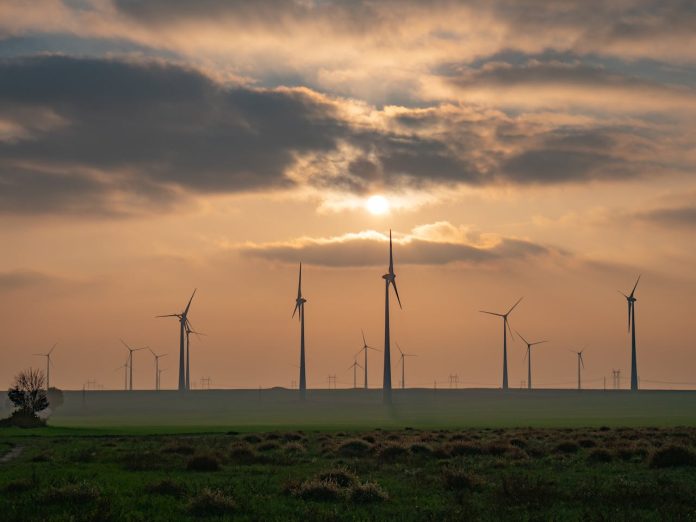India is poised to draw over $500 billion in clean energy investments by 2030, underscoring its ambitious plan to meet at least half of its energy needs from renewable sources. The strategic move is part of the nation’s broader goal of achieving net-zero emissions by 2070.
At the recently held 26th session of the United Nations Framework Convention on Climate Change (COP26), India revealed its forward-looking energy vision, setting forth significant short-term and long-term targets under the ‘Panchamrit’ action plan.
The plan includes achieving a non-fossil fuel energy capacity of 500 GW, cutting CO2 emissions by one billion tons, and reducing carbon intensity by over 45% by 2030. Investment opportunities are abundant across various segments of the clean energy spectrum, including renewables, green hydrogen, and electric vehicles (EVs).
India’s strategy involves seven crucial transitions towards low-carbon development, such as transforming electricity systems, integrating efficient transport systems, promoting sustainable urbanization, and enhancing energy and material efficiency in buildings. As reported by siliconindia.com, the transitions are essential for the country’s shift to a greener economy, supporting both economic growth and environmental sustainability.
As India embarks on this transformative path, its focus on clean energy investments and sustainable practices is set to establish the country as a global leader in climate action and renewable energy development.































